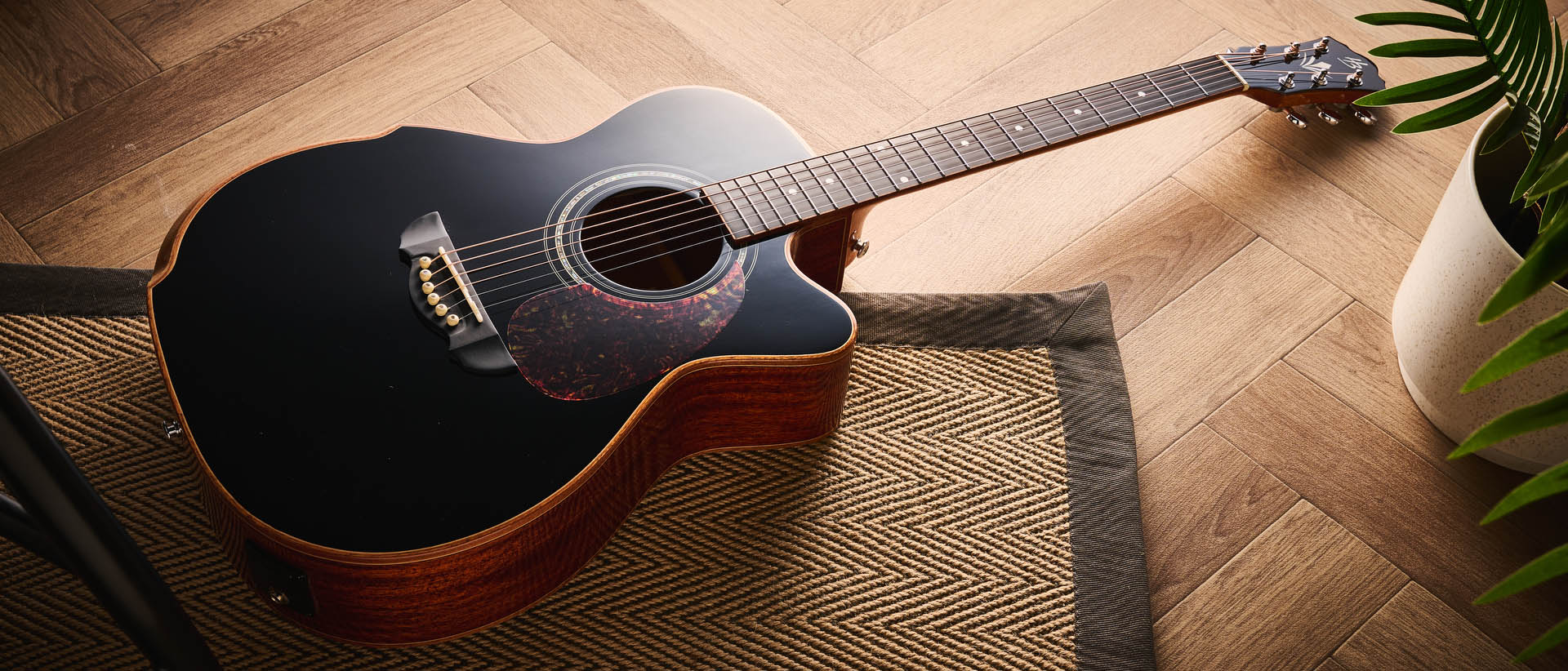Metal for Life with Metal Mike: Exploring Musical Roads Less Traveled Within the Realm of Heavy Metal Riffing

This month, I’d like to explore some ideas that do not fall within the “normal” scope of metal soloing or riff writing.
I borrowed the name for this month’s column from an incredible album recorded by the band Apocrypha back in the late Eighties, a very creative metal band that constantly pushed the limits of the metal genre to new and unexplored territories.
If you are unfamiliar with them, be sure to check out this amazing album.
An effective way to create a powerful and memorable metal riff is to imagine a chord progression and then “describe” it with a single-note line, instead of playing any chords, as demonstrated in FIGURE 1. Thinking in the key of E minor, I began with a basic idea of E5 to D5 (twice) followed by G5 to D (twice) and wrapping up with C5-G-D5-Am, then back to E5. Notice how I outline and imply each chord with palm-muted 16th notes, using “double picking” and moving back and forth between the G and D strings. Wherever the note pairs are played at the same fret, they’re based on fourth intervals; when the note on the G string is one fret lower than the D-string note, the interval is a major third, and when it’s two frets lower, such as at the end of bar 4, it’s a minor third. Be sure to use alternate (down-up) picking throughout and strive for clear articulation of each note. Jake E. Lee employed this approach to great effect on the Ozzy Osbourne track, “Bark at the Moon.”
In FIGURE 2, I employ the open B and high E strings as a pedal tones that alternate with various notes played between the fifth and 13th frets in a way that creates an angular melody that alludes to B7 and Em tonalities, as well as Am and Dm, via the use of notes from two modes, E Aeolian (E F# G A B C D) and A Aeolian (A B C D E F G). Notice how, beginning in bar 3, a one-bar sequence “climbs” up and across the two strings, culminating with a strong melodic finish in bar 6.
FIGURE 3 takes a different tack altogether, for which I ascend the low E and A strings with a line built from two different scales, using a melodic pattern of three ascending notes on the A string followed by one note on the low E string. I start out using notes from A Aeolian, which may also be heard as C Ionian, also known as the C major scale (C D E F G A B). Then, at the end of bar 3, I switch to D Aeolian (D E F G A Bb C), which may alternatively be heard as the F Ionian mode or major scale (F G A Bb C D E).
All the latest guitar news, interviews, lessons, reviews, deals and more, direct to your inbox!
